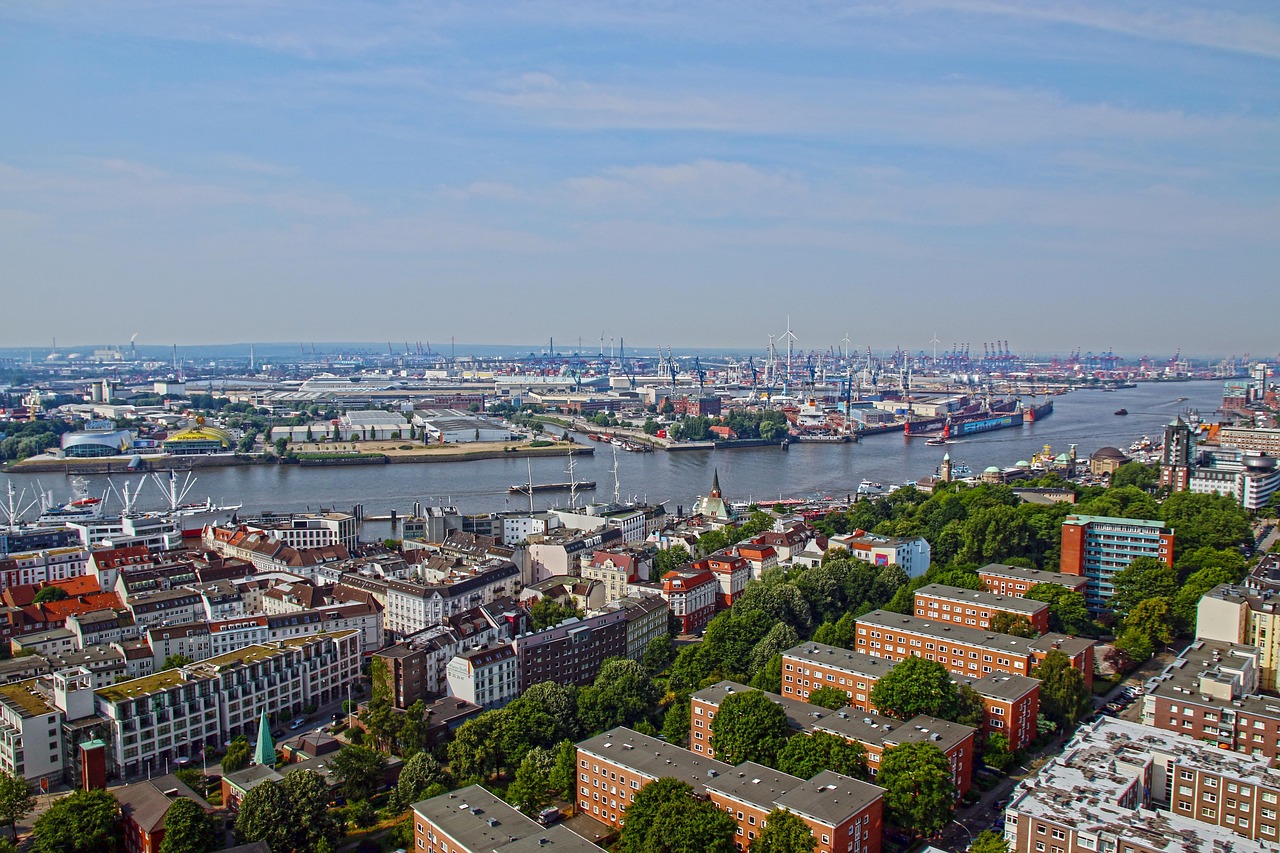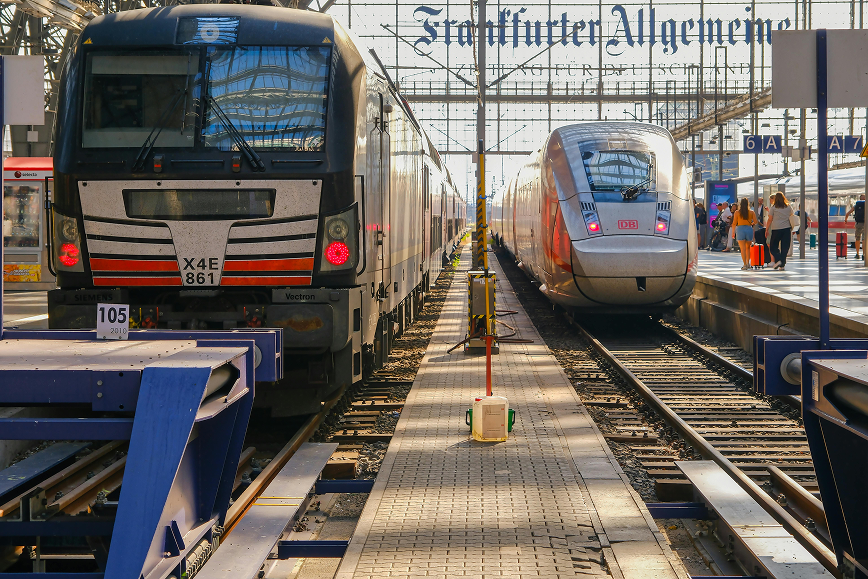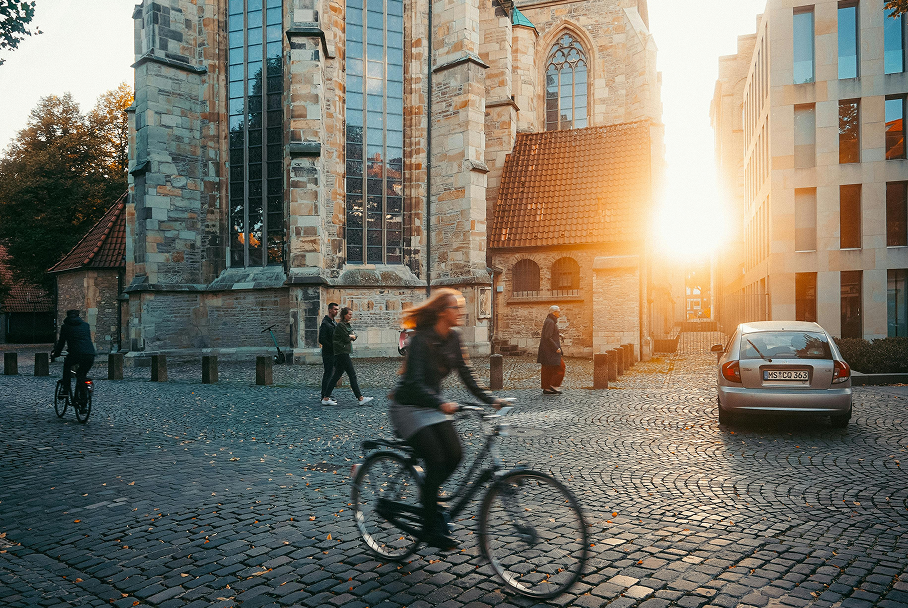Index
Receive our newsletter
Hamburg, Germany’s second-largest city, has a rich history and a unique maritime character. Known for its impressive port, modern architecture, and vibrant cultural scene, Hamburg blends tradition and modernity in a dynamic setting. The city is home to renowned museums such as the International Maritime Museum and iconic landmarks like St. Michael’s Church and the Elbphilharmonie.
Its cosmopolitan atmosphere and connection to the water make Hamburg a fascinating destination for residents and visitors alike. Thanks to its cultural diversity, Hamburg offers a varied culinary scene, ranging from the traditional Fischbrötchen, a typical fish sandwich, to international options in its numerous restaurants and food markets. Its nightlife is also very active, especially in the famous Reeperbahn, packed with bars, clubs, and theaters.
How to get to Hamburg?
Hamburg Airport (HAM) is located 10-12 km north of the city center. From there, several transport options are available to reach the heart of Hamburg:

Train: The S1 line connects the airport to the central station in about 25 minutes. It is the fastest and most convenient option to reach the city center.

Bus: Lines 292 and 274 connect the airport to various areas of the city and its metropolitan region. Travel time varies depending on traffic and the route.

Taxi and rideshare: a taxi ride to the city center costs between €30 and €40, with an estimated duration of 20-30 minutes, depending on traffic. Rideshare: Services like Uber and Bolt are available in Hamburg and can be an alternative to traditional taxis. Rideshare services like Uber and Bolt are also available.
Living in Hamburg
What is the cost of living in Hamburg?
Hamburg is a city with a high cost of living, though still more affordable than Munich or Frankfurt. Rental prices have increased in recent years, but there are still differences between districts. A one-bedroom apartment in the city center costs between €1,000 and €1,600 per month, while in more affordable districts such as Altona or Barmbek, prices range between €800 and €1,100. If you are looking for a room in a shared apartment, prices typically range between €670 and €1,005 per month. You can calculate your costs using Expatistan.
How to move around Hamburg?
Public Transport in Hamburg
Hamburg has an efficient public transport system operated by HVV, which includes metro (U-Bahn), urban trains (S-Bahn), buses, and ferries. Its well-connected network makes it easy to move around the city and the metropolitan region.

Metro (U-Bahn) and urban train (S-Bahn): these are the fastest options for getting around the city. A single ticket costs €3.90 in the AB zone. For short stays, the Hamburg Card offers unlimited travel for €11.90 per day. The 24/7 monthly pass ranges between €38 and €78, depending on the zones covered.

Trams and buses: these complement the transport network. Buses operate with high frequency, including night routes. Ferries are part of the HVV system and allow travelers to explore the port with the same public transport fares.
Taxis and rideshare services: available throughout the city, with fares starting at €4.50 and an approximate cost of €2.60 per kilometer. Uber and Bolt also operate in Hamburg with competitive pricing.
What are the best universities in Hamburg?
Hamburg is a major academic hub in Germany, home to internationally recognized universities that stand out for their excellence in research, their diverse range of programs, and their international character. The city attracts thousands of students from all over the world, creating a dynamic and multicultural university environment. It is undoubtedly one of the best cities to study in Europe, offering a wide range of academic opportunities, relatively affordable costs compared to other capitals, and a vibrant student life.
.png)
Universität Hamburg (UHH)
Founded in 1919, it is one of Germany’s largest and most prestigious universities. Known for its strong emphasis on research, it has played a significant role in the development of modern education. Many Nobel laureates have been among its alumni. Its faculties of humanities, natural sciences, and law are particularly renowned.
.png)
Technische Universität Hamburg (TUHH)
Specializing in engineering, technology, and applied sciences, TUHH is one of the leading technical universities in Germany. It maintains strong ties with the industry, allowing students to participate in cutting-edge projects and gain practical experience in fields such as mechanical engineering, computer science, and architecture.
.png)
Hochschule für Angewandte Wissenschaften (HAW Hamburg)
One of the largest universities of applied sciences in Germany, HAW Hamburg stands out for its practical and industry-oriented programs. It is particularly strong in engineering, design, business, and health sciences, and maintains close partnerships with companies and institutions, allowing students to gain hands-on experience in their respective fields.
.png)
HafenCity Universität Hamburg (HCU)
This university is well known for its architecture, urban planning, and civil engineering programs. Its academic focus is on sustainable development and innovative urban design. Located in Hamburg’s modern HafenCity district, it provides students with a unique environment to study urban development and smart city planning.
Tourism in Hamburg
What are the best parks in Hamburg?
Hamburg is a city with vast green spaces, ideal for enjoying the outdoors and nature. The Stadtpark is Hamburg’s largest urban park, featuring extensive green areas, lakes, and a planetarium. It is an ideal place for walking, picnicking, or engaging in outdoor sports.
The Planten un Blomen park is a beautiful space with botanical gardens, water fountain shows, and relaxation areas. It is especially popular in summer for its concerts and cultural events. Another standout location is the Alsterpark, which surrounds the Außenalster Lake and offers stunning waterfront views, perfect for cycling or leisurely walks.
What monuments and historical sites does Hamburg have?
Hamburg has a rich architectural and cultural heritage. Its streets combine history and modernity, with emblematic buildings that reflect its port heritage and development as a European metropolis. From historic neighborhoods to avant-garde structures, the city offers numerous points of interest to explore.
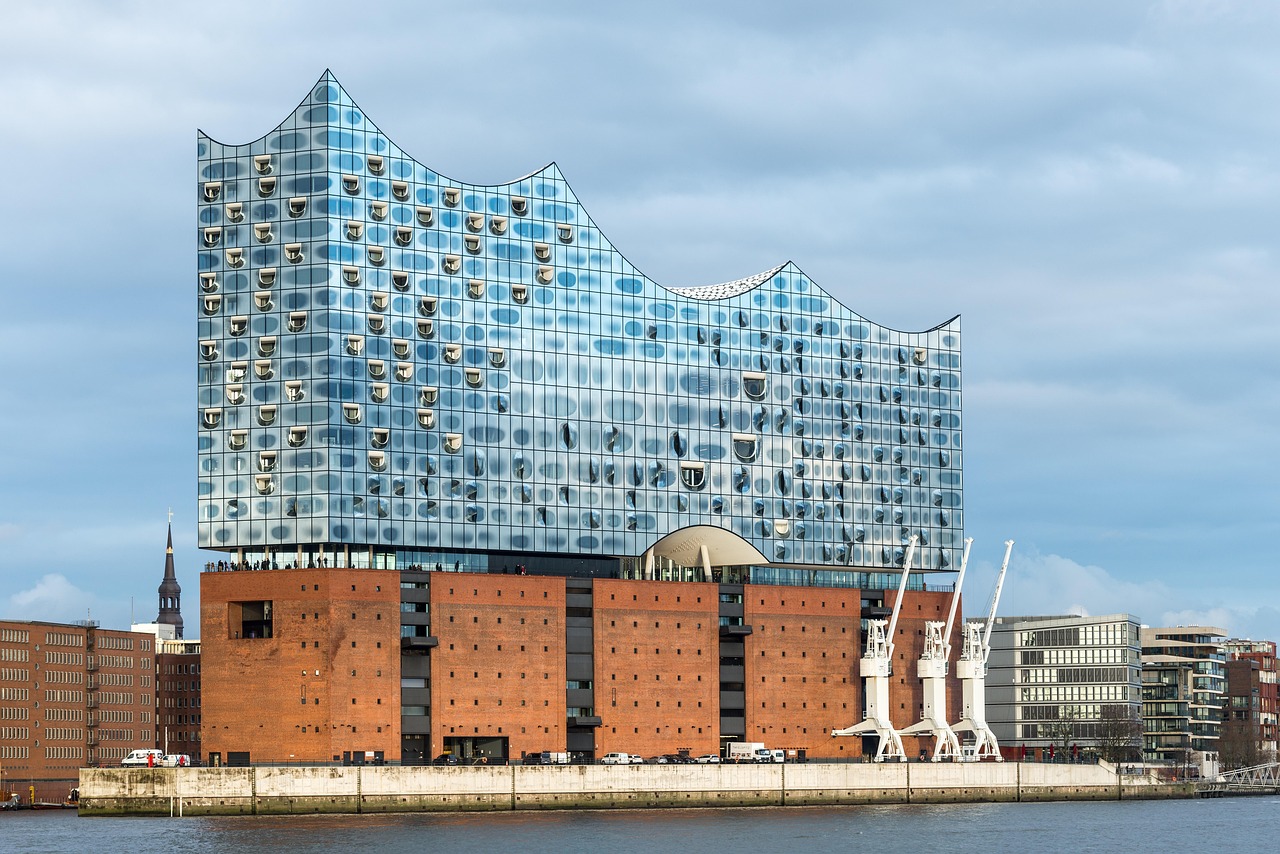
Elbphilharmonie
One of the most impressive concert halls in the world, featuring modern architecture that combines glass and brick atop a former port warehouse. Its panoramic terrace offers unparalleled views of the Elbe River, making it an iconic landmark of the city and a must-visit destination for lovers of music and architecture.
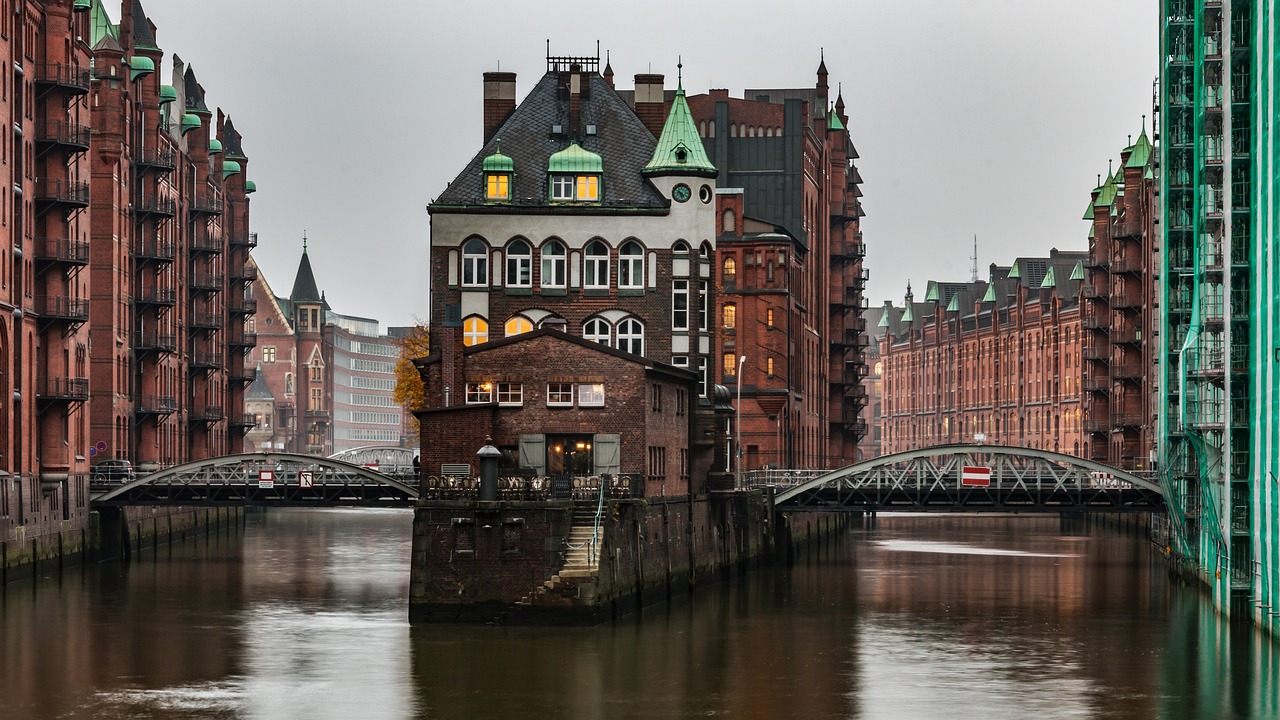
Speicherstadt
The largest warehouse district in the world, designated a UNESCO World Heritage Site, and one of the most photographed locations in Hamburg. Its canals, bridges, and red brick buildings reflect the city’s historic commercial importance. Today, it houses museums, creative offices, and cafés with unique waterfront views.
.png)
St. Michael’s Church (Michel)
One of Hamburg’s most recognizable symbols, this imposing 132-meter tower is visible from many points in the city and offers one of the best panoramic views. Its baroque interior and famous carillon make it an essential visit for history and architecture enthusiasts.

Port of Hamburg
The commercial heart of the city and one of Europe’s most important ports. Visitors can take boat tours to explore its vast shipping terminals, visit the Fischmarkt (Fish Market) on Sunday mornings, or simply enjoy the maritime atmosphere along the Landungsbrücken piers.
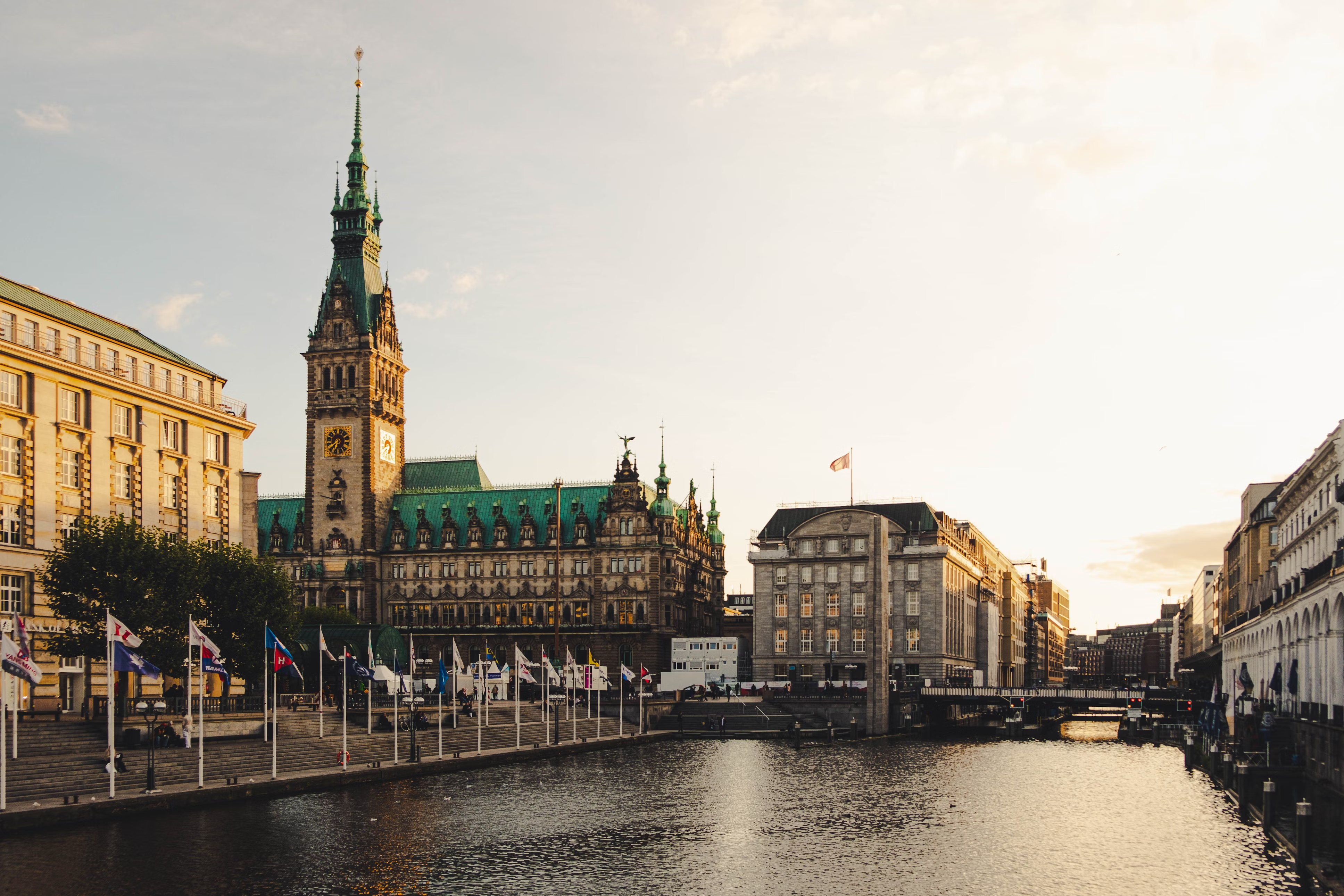
Rathaus (Hamburg City Hall)
The seat of the city’s government, featuring an impressive neo-Renaissance façade and a 112-meter tower. Inside, it houses historic halls and Hamburg’s Parliament. Guided tours are available for those interested in learning more about its history and architecture..
What museums are there in Hamburg?
Hamburg has an impressive variety of museums that reflect its history, art, and maritime culture. From institutions dedicated to navigation and trade to renowned art galleries, the city offers options for all interests. In addition to their historical significance, many of these museums feature interactive exhibits and unique collections in Europe.
The International Maritime Museum is a must-visit for those interested in Hamburg’s naval history and global impact. Located in a former warehouse in Speicherstadt, it houses ship models, historical maps, and artifacts spanning centuries of maritime trade and exploration. Its nine floors of exhibits include simulators and a vast collection of miniature ships.
The Kunsthalle Hamburg is one of Germany’s most prestigious art museums. Its collection spans from medieval paintings to contemporary art, with works by artists such as Caspar David Friedrich, Rembrandt, Monet, and Picasso. It also hosts temporary exhibitions featuring international artists and a prominent section dedicated to German Expressionism.
For those interested in local history, the Museum of Hamburg History provides a detailed journey through the city’s evolution, from its medieval origins to its transformation into a major commercial and port hub. In contrast, the Miniatur Wunderland is one of Hamburg’s most visited attractions, featuring the world’s largest model railway, with detailed recreations of urban and natural landscapes from various countries.
Leisure in Hamburg
What is the nightlife like in Hamburg?
Hamburg’s nightlife is very active, with bars, theaters, and clubs spread throughout the city. The Reeperbahn, in the St. Pauli district, is the epicenter of the city's nightlife, filled with live music venues and nightcluHamburg offers a diverse cultural and entertainment scene. From historic theaters to modern nightclubs, there are options for those who enjoy live music, cinema, opera, and festivals. Additionally, the city boasts numerous bars along the harbor and creative spaces where art and gastronomy come together.

Grosse Freiheit 36
An iconic concert venue in St. Pauli that continues to host major artists. It is known for its diverse programming and its importance in Hamburg’s music scene. Its history has made it a landmark in the city’s entertainment industry.
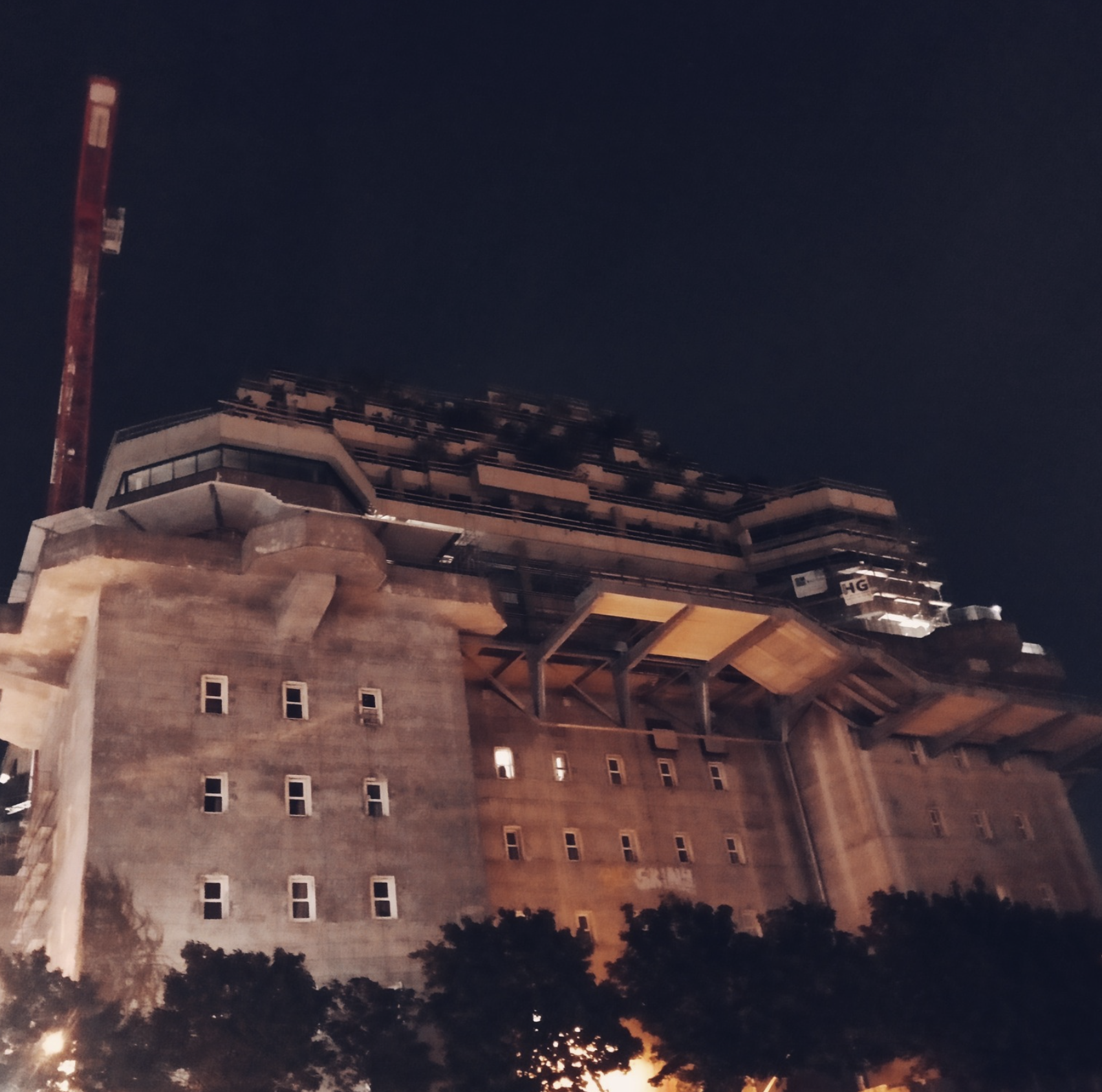
Uebel & Gefährlich
An alternative and electronic music club housed in a former bunker. It features international DJs and innovative concerts. The rooftop terrace offers panoramic views of the city. Golden Pudel Club: A small underground club with a vibrant artistic community. It is renowned for its experimental DJ sessions and bohemian atmosphere, making it a key spot in Hamburg’s alternative scene.

Golden Pudel Club
A small underground club with a vibrant artistic community. It is known for its experimental DJ sessions and bohemian atmosphere. An alternative space with a strong cultural identity, attracting artists and music lovers alike. The club is also recognized for its non-commercial ethos, frequently hosting genre-defying electronic and indie music events.
Where to go shopping in Hamburg?
Hamburg is an ideal shopping destination, offering a mix of luxury and more affordable options. Mönckebergstraße is the main shopping street, home to department stores and fashion retailers. Neuer Wall is the go-to area for high-end brands like Prada, Gucci, and Louis Vuitton.
If you are looking for independent fashion, alternative stores, and design items, Schanzenviertel is the perfect district. Additionally, the Isemarkt is one of the largest markets in Europe, offering fresh produce, local specialties, and an authentic atmosphere.
